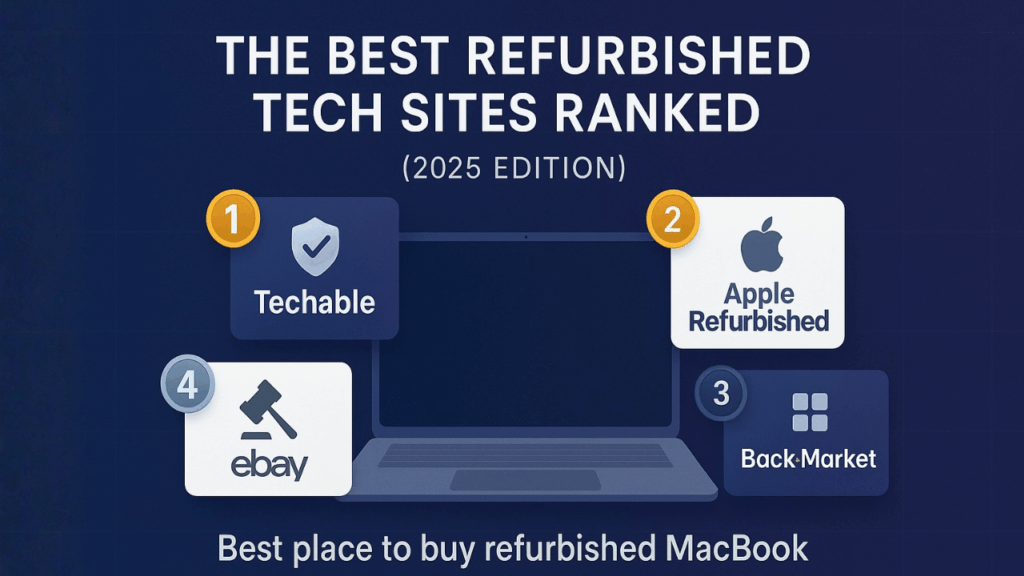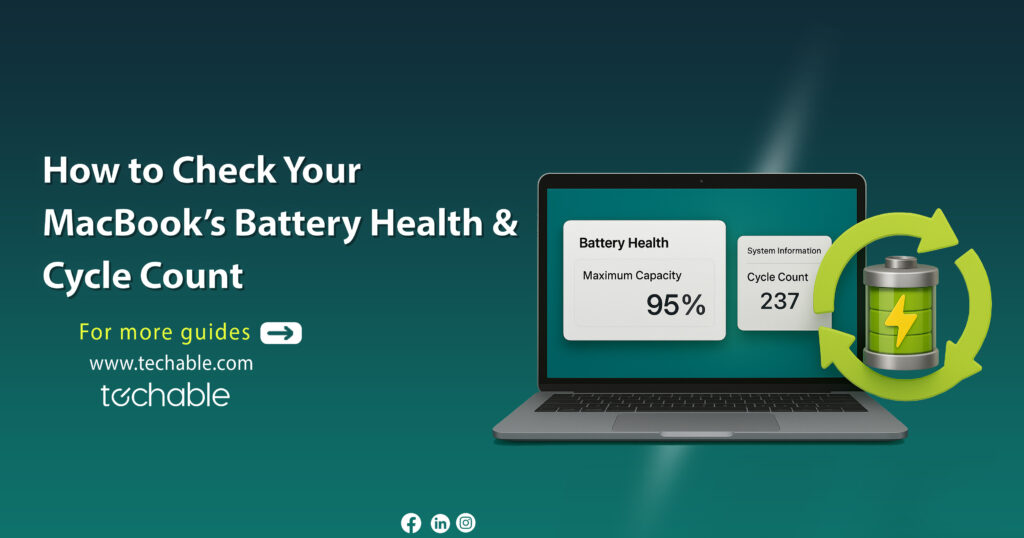Welcome to the electrifying world of electric cars! As more people embrace the eco-friendly choice of electric vehicles (EVs), an important question arises: “How to dispose of electric car batteries?” This isn’t just a casual inquiry; it’s a crucial environmental consideration. With over 1 million battery electric vehicles sold in the United States since 2010, and a staggering 60 gigawatt-hours of lithium-ion battery capacity deployed in these vehicles, the need for responsible disposal methods is more pressing than ever.
But don’t worry, you don’t need to be a tech guru to understand this. In this article, we’ll guide you through the simple yet essential steps on how to dispose of old car batteries, specifically from electric cars. Whether it’s your first electric car or you’re just curious about the future of automotive technology, we’ve got you covered. So, let’s shift gears and dive into the world of EV battery disposal – a journey that’s not only about keeping our cars running but also about protecting our planet.
Understanding EV Batteries: The Power Behind Electric Vehicles
In the realm of electric vehicles (EVs), the battery is not just a component; it’s the lifeblood that powers these modern marvels. To appreciate how to dispose of electric car batteries effectively, it’s essential first to understand what these batteries are and why they’re so pivotal.
Lithium-ion Batteries
The go-to choice for EVs most electric vehicles today rely on lithium-ion batteries. These are not your ordinary batteries but sophisticated powerhouses designed for efficiency and longevity. What makes lithium-ion batteries the preferred choice for EVs is their high energy density. This means they pack a substantial amount of energy in a relatively small package, making them ideal for vehicles where space and weight are critical considerations.
Aging of EV Batteries
Just like any battery, the ones in electric cars don’t last forever. As you ponder how to dispose of used electric car batteries, it’s important to note their lifespan. Typically, an EV battery maintains optimal performance for about 8 to 10 years. However, over time, these batteries begin to degrade. They don’t just stop working; their ability to hold a charge diminishes. This degradation impacts the car’s range and efficiency, a phenomenon akin to the battery life in smartphones deteriorating over the years.
Disposal of Electric Car Batteries
When it comes time to dispose of batteries from electric cars, it’s not as simple as discarding an old household battery. These batteries contain a mix of critical materials like lithium, cobalt, and nickel, which can be harmful if not handled correctly. Additionally, disposing of these lithium batteries requires special consideration due to their size, composition, and potential environmental impact.
Recycling Electric Car Batteries
A crucial aspect of how to dispose of old car batteries, especially those from electric vehicles, involves recycling. This process is not just about environmental responsibility; it’s about reclaiming valuable materials that can be used in new batteries or other applications. Effective recycling helps reduce the need for raw materials, contributing to a more sustainable future.
In essence, understanding the nature and importance of EV batteries is a fundamental step in recognizing the significance of their proper disposal. Whether it’s how to dispose of an electric car battery or exploring recycling options, each action we take can contribute to a more sustainable and environmentally conscious approach to technology.
How to Dispose of Electric Car Batteries
Navigating the disposal and recycling of electric car batteries involves a series of careful steps, ensuring both environmental safety and adherence to regulatory standards. Here’s a more detailed guide on how to dispose of electric car batteries.
Step 1: Locating a Specialized Disposal or Recycling Facility
The first and most crucial step in the process of how to dispose of batteries from electric cars is to locate a facility that specializes in handling such batteries. These facilities are equipped with the necessary technology and safety protocols to deal with the complex nature of EV batteries, which differ significantly from household batteries in composition and potential environmental impact.
Step 2: Utilizing Manufacturer Take-Back Programs
Many EV manufacturers have take-back programs, specifically aimed at how to dispose of used electric car batteries. These programs are designed to ensure that the batteries are either refurbished for secondary applications or are recycled in an environmentally responsible manner. Engaging with these programs often provides the most seamless and safest way to ensure that the battery is handled correctly after its lifespan in the vehicle.
Step 3: Understanding the Recycling Process
Recycling is a crucial method when addressing how to dispose of an electric car battery. This process involves dismantling the battery and carefully extracting valuable materials such as lithium, cobalt, and nickel. These materials can then be reused in the manufacturing of new batteries or other products, thereby contributing to a circular economy and reducing the need for raw material extraction.
Step 4: Safely Transporting the Battery
When considering how to dispose of electric car batteries, the transportation of these batteries to a disposal or recycling facility is a key concern. Given their size, weight, and the hazardous materials they contain, transporting EV batteries can pose safety risks. It is often recommended that transportation be handled by professionals who understand and adhere to the safety regulations and guidelines for transporting such materials.
Step 5: Exploring Second-Life Applications
Before finalizing the disposal, it’s worth exploring if the EV battery can be repurposed for second-life applications. Although the battery may no longer be suitable for vehicular use, it might still be capable of serving as a storage solution in other areas, such as renewable energy systems or industrial applications.
Step 6: Compliance with Local Regulations
Finally, understanding and complying with local regulations and guidelines on how to dispose of old car batteries is crucial. Different regions may have varying laws governing the disposal and recycling of EV batteries, and it’s important to ensure that all actions taken comply with these regulations.
Current State of EV Battery Disposal
Now that we know how to dispose of your EV batteries, let us navigate the evolving landscape of electric vehicles. Understanding the current state of EV battery disposal becomes increasingly important. Let’s delve into the statistics and challenges involved in this process.
Growing Number of End-of-Life Batteries
The surge in electric vehicle popularity has led to a significant increase in the number of batteries reaching end-of-life. According to the Union of Concerned Scientists, since 2010, over 60 gigawatt-hours of lithium-ion battery capacity has been deployed in approximately 1 million battery electric vehicles in the United States. This number is only set to rise, with projections indicating a massive influx of end-of-life EV batteries in the coming years.
Challenges in Recycling and Disposal
The journey of how to dispose of electric car batteries is fraught with challenges. Nature.com highlights the complexity involved in recycling lithium-ion batteries, emphasizing the need for improved methods to efficiently handle the growing volume of end-of-life batteries. The Idaho National Laboratory also points out the difficulties in this process, noting the necessity for advancements in technology and techniques to make recycling more feasible and less energy-intensive.
Environmental Implications
A key challenge in disposing of used electric car batteries lies in the environmental implications. Improper disposal can lead to harmful materials seeping into the environment. This concern necessitates stringent protocols and innovative solutions to ensure safe and eco-friendly disposal practices.
The Road Ahead
Addressing the challenges in how to dispose of batteries from electric cars requires a multi-faceted approach. Collaboration between manufacturers, recycling facilities, researchers, and policymakers is crucial in developing efficient, sustainable methods for battery disposal and recycling. As the EV market continues to expand, the importance of solving these challenges becomes ever more critical.
The current state of EV battery disposal reflects both the tremendous growth in electric vehicle usage and the pressing need to develop effective solutions for end-of-life battery management. As we continue to embrace electric mobility, the focus on responsible battery disposal and recycling will play a pivotal role in sustaining our environment.
Alternative Uses for Retired EV Batteries
When electric car batteries reach the end of their life in powering vehicles, they’re not necessarily at the end of their usefulness. Exploring alternative uses for these batteries presents exciting opportunities in various sectors.
Energy Storage for Power Grids
One significant secondary use for retired EV batteries is energy storage for power grids. According to the MIT Climate Portal, these batteries, although no longer suitable for powering long-distance driving, can still have substantial storage capacity. This capability makes them ideal for use in stabilizing power grids. By storing excess energy during low-demand periods and releasing it during high demand, these batteries can help balance the energy load, thereby enhancing the efficiency and reliability of power grids.
Stadium Power Supply
A practical example of this concept in action is Nissan’s innovative experiment, as reported by the MIT Climate Portal. Nissan experimented with using new and old batteries from their Leaf EV model to power the Ajax Amsterdam soccer stadium. This not only provided a sustainable energy solution but also demonstrated the versatility of EV batteries beyond their initial automotive use.
These examples underscore the potential for retired EV batteries to contribute to sustainable energy solutions. By repurposing these batteries, we can reduce waste, make use of existing resources, and contribute to a more sustainable and energy-efficient future. This approach not only aligns with environmental sustainability goals but also adds economic value to the batteries over a more extended period.
Future of EV Battery Disposal
As the electric vehicle (EV) industry evolves, so does the approach to how to dispose of electric car batteries. The future is set to bring transformative changes in the methods and technologies used for battery recycling and disposal.
Technological Advancements in Recycling
Innovations are key in shaping how to dispose of batteries from electric cars. Websites like SustainableTag.com emphasize ongoing advancements in recycling technology, which aim to make the process more efficient and less environmentally damaging. Future technologies may enable better recovery and reuse of materials like lithium and cobalt, essential components of EV batteries.
Policy’s Role in Shaping Disposal Methods
Regulatory frameworks will significantly influence how to dispose of used electric car batteries. Organizations such as RMI (Rocky Mountain Institute) highlight the potential impact of government policies in standardizing recycling practices. These could include incentives for sustainable disposal, guidelines for battery recyclability, and comprehensive end-of-life management policies.
Integrating Technology and Policy
The integration of technology and policy is crucial for how to dispose of an electric car battery effectively and sustainably. New recycling methods supported by robust policies can lead to a more systematic and environmentally friendly approach to battery disposal.
The Holistic Approach to Battery Lifecycle
Looking ahead, the focus is not just on how to dispose of old car batteries but on managing the entire lifecycle of EV batteries. This includes designing batteries for easier recycling, establishing efficient collection systems for end-of-life batteries, and applying circular economy principles to the entire process.



















0 Comments